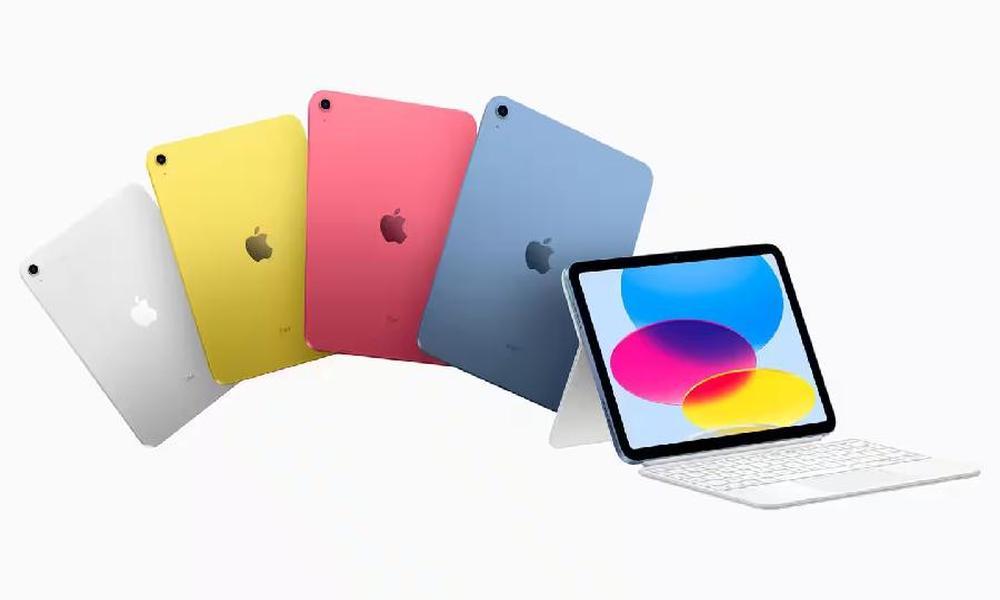
What Benefits Do You Get With the Latest Ipad Pro?
Since the beginning of the iPad’s development, the tablet has been viewed as being reasonably pricey. Due to its unique operating system (iPadOS), Apple-branded silicon (AX/MX) processors, and superior software support, iPads typically outperform their Android equivalents and are substantially more costly.
Integrating vertically
One of the few producers, Apple, often sources and produces the majority of the parts that go into its products. Apple effectively has a monopoly on its goods. Because of their monopoly, they may justify their high charges by claiming exclusivity. Additionally, this brand’s reputation raises pricing.
Professional equipment
Both the iPad Pro and, in certain situations, the iPad Air, have established themselves as tablets fit for professionals. Desktop-grade apps have made their way into the Apple ecosystem thanks to their software and the raw power of Apple Silicon, and many more are following suit every year.
You will always pay a significant premium whenever you choose a professional tool. Additionally, because the iPad Pro marks the first tablet to approach desktop-class performance, Apple has undoubtedly increased the price of the whole iPad line as the majority of them share a significant portion of that capability.It would be in your best interest to compare ipad pro all specifications (เทียบ ipad pro ทุกสเปค, term in Thai).
Privately owned software
Apple’s iOS is proprietary software that runs on iPads older than the iPad 2 and later. This app can only be used on the iPad. Additionally, Apple invests heavily in the maintenance and R&D of iPadOS because of its close connection with other Apple devices and the existence of ecosystems like the App Store that have been unique to it. This expense tends to accumulate and is then passed on to the final customer, raising the price of the iPad.
Longevity
Face it, iPads simply last longer. Apple pledges 4-5 years of continuous software updates on all of its iPads, with the newest CPUs bringing that number up to 5–6 years as well. This is longer than their Android counterparts. As a result, even if the initial cost is rather high, you will be able to make the most of the tablet for a considerably longer period.
Limited competition
Android tablet technology has improved significantly in recent years. And although there is fierce competition between the two OSs for smartphones, there is less of it for tablets. This is due to Apple’s competitive advantage in the tablet industry. Tablets also have a more specialized market.
Unique accessories
A few included accessories for the iPad work perfectly with tablets. The key appeal is that such items have the same degree of excellence and quality as Apple’s goods. Because of this, they are widely sought after, and the majority of iPad users—casual or professional—have these accessories.
Cellular integration
While high-end Android tablets have this capability, less expensive Android tablets often do not. As a result, it could make the iPad a little pricey.However, because it includes a function that is highly important to most people, the price increase usually makes sense for those who would use its cellular capabilities.
Conclusion
The iPad has established itself as the most widely used tablet ever. And because of this acute understanding, it has become fairly pricey over time. And it doesn’t seem like that will change very soon.



